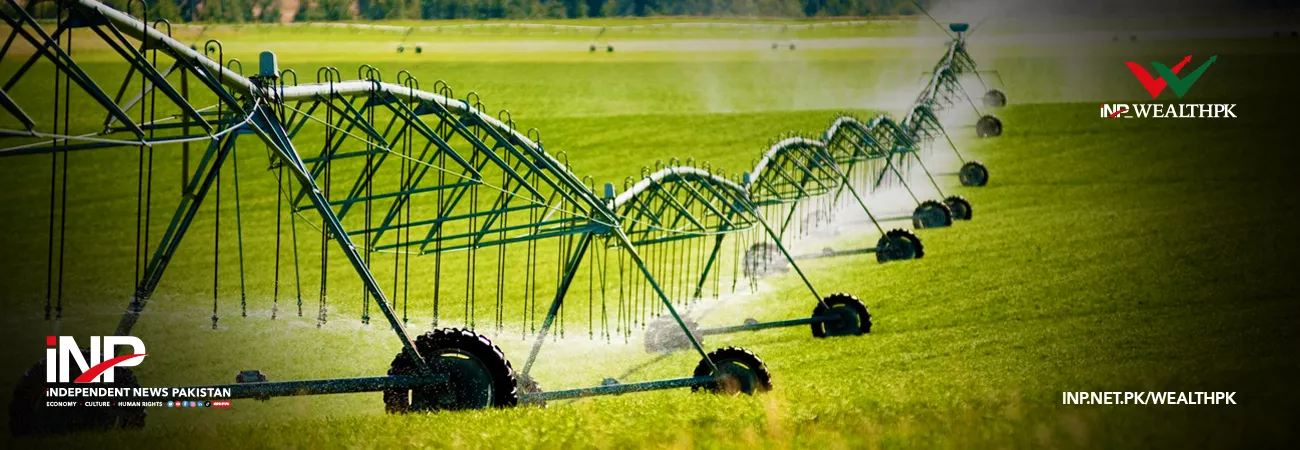INP-WealthPk
Saba Javed
Pakistan has suggested water resource management and climate change as potential areas of collaboration within the scope of the China Pakistan Economic Corridor (CPEC) long-term strategy, reports WealthPK. Most of fresh water used in CPEC is consumed for agricultural irrigation, which has an immediate impact on the management and allocation of water resources. Demand for irrigation water is a crucial aspect of managing regional water supplies.
Agriculture's reliance on timely and adequate water supplies places significant constraints on production and sustainability. The majority of the CPEC's sub-regions are located in arid and semi-arid regions with limited water supplies. When it comes to water resources, Pakistan ranks among the least developed nations in the world.
The region's need for water resources increases due to the ongoing growth in population and agricultural output. Lack of water resources threatens agricultural irrigation water supply, which has an impact on crop output and food security. According to Planning and Development Minister Ahsan Iqbal, the development of hydroelectric projects on the Indus River, particularly the building of the Diamer-Bhasha Dam, is a part of CPEC's second phase.
In Pakistan, Indus River is a source of more than 17 gigawatts of hydropower, and it also provides water to the Indus basin irrigation system, the world's biggest contiguous irrigation network. More than 90% of Pakistan's agricultural output is derived from the Indus Basin, making Pakistan particularly reliant on it, according to Scientific Reports, 2022.
Dr Fakhrul Islam, a lecturer at the University of Peshawar (UoP), said while talking to WealthPK that special attention must be paid to water resource management because as population grows, the gap between supply and demand for water resources widens. He said Pakistan has a great opportunity to address the problem of water resource management through CPEC.
“By 2025, Pakistan is expected to be a water-scarce country. The acute challenge of water resource shortages is impeding the sustainable growth of agriculture in Pakistan. This highlights the urgent need for sustainable distribution of limited water resources,” he said.
Future climate change scenarios suggest that, given the rise in temperature, the amount of water accessible and the demand for agricultural water in the CPEC may both rise. Therefore, it is crucial to put into place appropriate water-saving irrigation techniques and modify crop planting patterns in order to save oasis ecosystems and satisfy the needs of residents. Dr Islam said that altering the crop planting patterns will help the region's water resources, lower the percentage of the population that is malnourished, and support water-saving irrigation techniques and water delivery systems in Pakistan.
“Enhanced communications between China and Pakistan in the areas of agriculture, industrial technology, and other areas would gradually increase regional water and grain security. This entails increasing the ability to use hydropower, boosting the upgrading of industrial structures, and expanding the irrigation systems' effectiveness,” he said.
Credit : Independent News Pakistan-WealthPk




